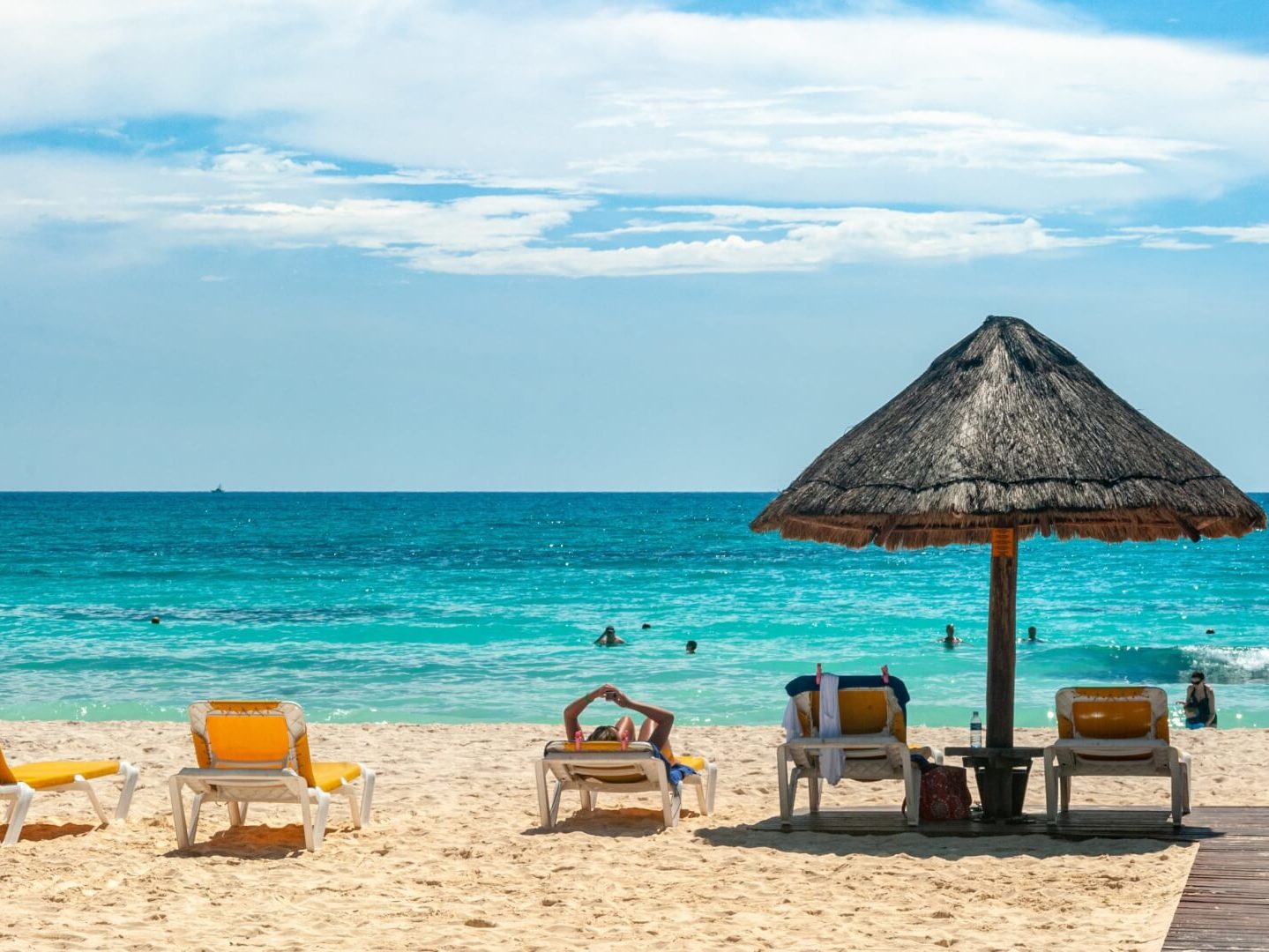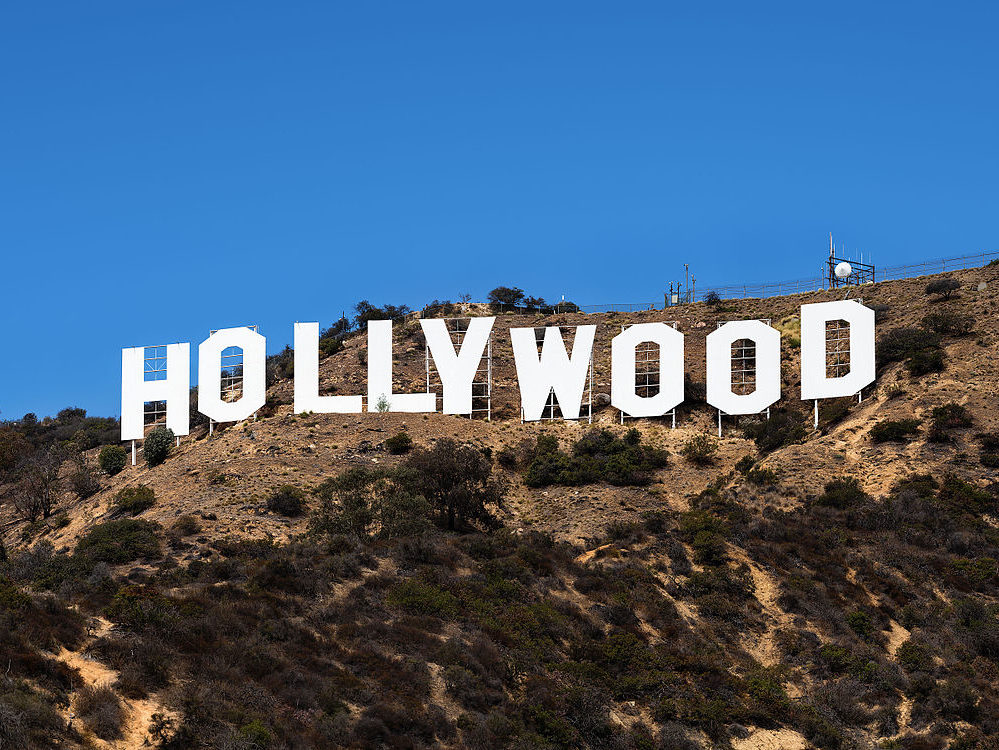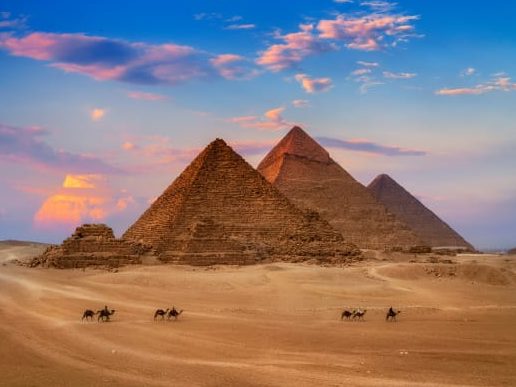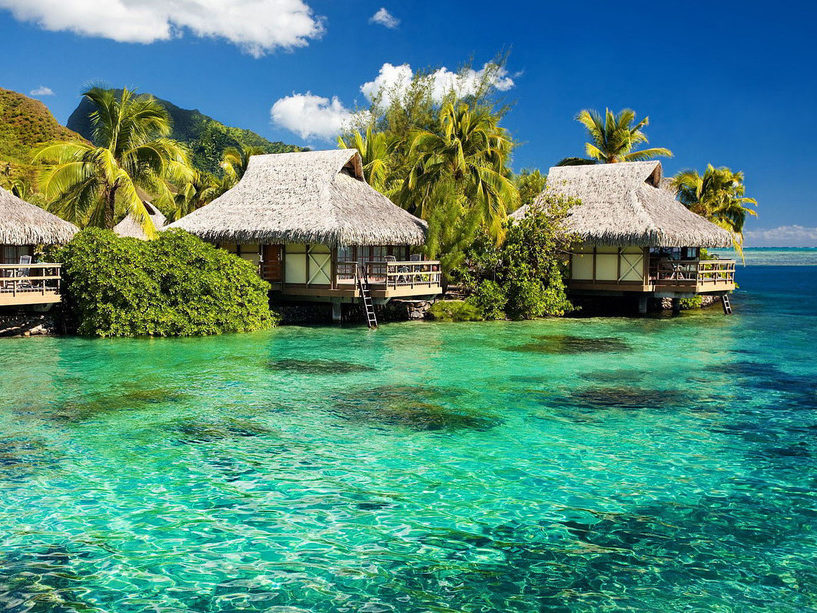Hong Kong
Hong kong is a city and special administrative region of China on the eastern Pearl River Delta in South China. With over 7.5 million residents of various nationalities[e] in a 1,104-square-kilometre (426 sq mi) territory, Hong Kong is one of the most densely populated places in the world. Hong Kong is also one of the most developed cities in the world.
Hong Kong was established as a colony of the British Empire after the Qing Empire ceded Hong Kong Island from Xin’an County at the end of the First Opium War in 1841 then again in 1842. The colony expanded to the Kowloon Peninsula in 1860 after the Second Opium War and was further extended when Britain obtained a 99-year lease of the New Territories in 1898. British Hong Kong was occupied by Imperial Japan from 1941 to 1945 during World War II; British administration resumed after the surrender of Japan. The whole territory was transferred to China in 1997. As one of China’s two special administrative regions (the other being Macau), Hong Kong maintains separate governing and economic systems from that of mainland China under the principle of “one country, two systems”.
Etymology
The name of the territory, first romanised as “He-Ong-Kong” in 1780, originally referred to a small inlet located between Aberdeen Island and the southern coast of Hong Kong Island. Aberdeen was an initial point of contact between British sailors and local fishermen. Although the source of the romanised name is unknown, it is generally believed to be an early phonetic rendering of the Cantonese pronunciation hēung góng, or Tanka Cantonese. The name translates as “fragrant harbour” or “incense harbour”. “Fragrant” may refer to the sweet taste of the harbour’s freshwater influx from the Pearl River or to the odour from incense factories lining the coast of northern Kowloon. The incense was stored near Aberdeen Harbour for export before Victoria Harbour was developed. Sir John Davis (the second colonial governor) offered an alternative origin; Davis said that the name derived from “Hoong-keang” (“red torrent”), reflecting the colour of soil over which a waterfall on the island flowed.
The simplified name Hong Kong was frequently used by 1810. The name was also commonly written as the single word Hongkong until 1926, when the government officially adopted the two-word name. Some corporations founded during the early colonial era still keep this name, including Hongkong Land, Hongkong Electric Company, Hongkong and Shanghai Hotels and the Hongkong and Shanghai Banking Corporation (HSBC).
Climate
Hong Kong has a humid subtropical climate (Köppen Cwa), characteristic of southern China, despite being located south of the Tropic of Cancer. Summer is hot and humid, with occasional showers and thunderstorms and warm air from the southwest. Typhoons occur most often then, sometimes resulting in floods or landslides. Winters are mild and usually sunny at the beginning, becoming cloudy towards February; an occasional cold front brings strong, cooling winds from the north. Autumn is the sunniest season, whilst spring is generally cloudy.[165] When there is snowfall, which is extremely rare, it is usually at high elevations. Hong Kong averages 1,709 hours of sunshine per year. Historic temperature extremes at the Hong Kong Observatory are 36.6 °C (97.9 °F) on 22 August 2017 and 0.0 °C (32.0 °F) on 18 January 1893. The highest and lowest recorded temperatures in all of Hong Kong are 39.0 °C (102 °F) at Wetland Park on 22 August 2017,[168] and −6.0 °C (21.2 °F) at Tai Mo Shan on 24 January 2016.
Culture
Hong Kong is characterised as a hybrid of East and West. Traditional Chinese values emphasising family and education blend with Western ideals, including economic liberty and the rule of law. Although the vast majority of the population is ethnically Chinese, Hong Kong has developed a distinct identity. The territory diverged from the mainland through its long period of colonial administration and a different pace of economic, social, and cultural development. Mainstream culture is derived from immigrants originating from various parts of China. This was influenced by British-style education, a separate political system, and the territory’s rapid development during the late 20th century. Most migrants of that era fled poverty and war, reflected in the prevailing attitude toward wealth; Hongkongers tend to link self-image and decision-making to material benefits. Residents’ sense of local identity has markedly increased post-handover: The majority of the population (52%) identifies as “Hongkongers”, while 11% describe themselves as “Chinese”. The remaining population purport mixed identities, 23% as “Hongkonger in China” and 12% as “Chinese in Hong Kong”.
Traditional Chinese family values, including family honour, filial piety, and a preference for sons, are prevalent. Nuclear families are the most common households, although multi-generational and extended families are not unusual. Spiritual concepts such as feng shui are observed; large-scale construction projects often hire consultants to ensure proper building positioning and layout. The degree of its adherence to feng shui is believed to determine the success of a business. Bagua mirrors are regularly used to deflect evil spirits and buildings often lack floor numbers with a 4; the number has a similar sound to the word for “die” in Cantonese.
Cuisine
Food in Hong Kong is primarily based on Cantonese cuisine, despite the territory’s exposure to foreign influences and its residents’ varied origins. Rice is the staple food, and is usually served plain with other dishes. Freshness of ingredients is emphasised. Poultry and seafood are commonly sold live at wet markets, and ingredients are used as quickly as possible. There are five daily meals: breakfast, lunch, afternoon tea, dinner, and siu yeh. Dim sum, as part of yum cha (brunch), is a dining-out tradition with family and friends. Dishes include congee, cha siu bao, siu yuk, egg tarts, and mango pudding. Local versions of Western food are served at cha chaan teng (Hong Kong-style cafes). Common cha chaan teng menu items include macaroni in soup, deep-fried French toast, and Hong Kong-style milk tea.
Categories: Asia
More Lifehack Videos





